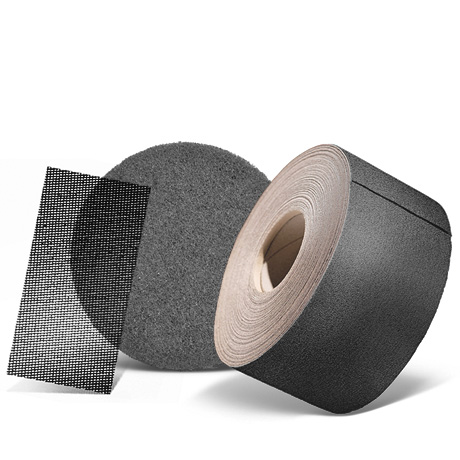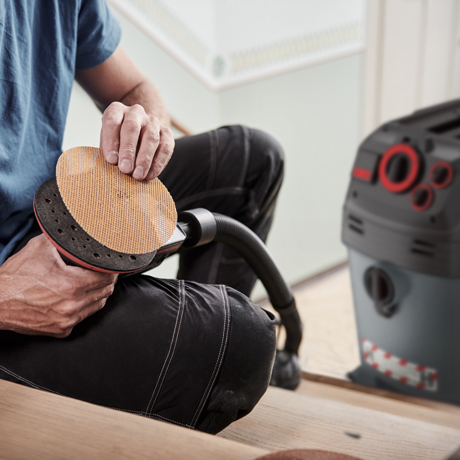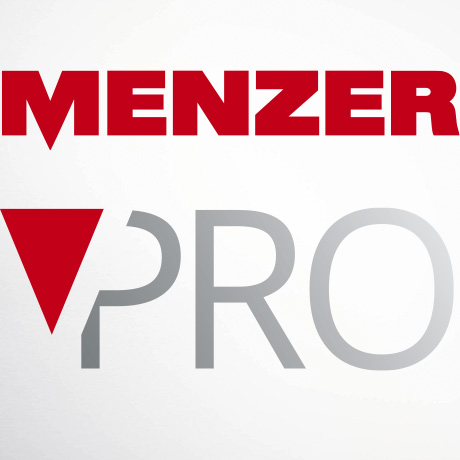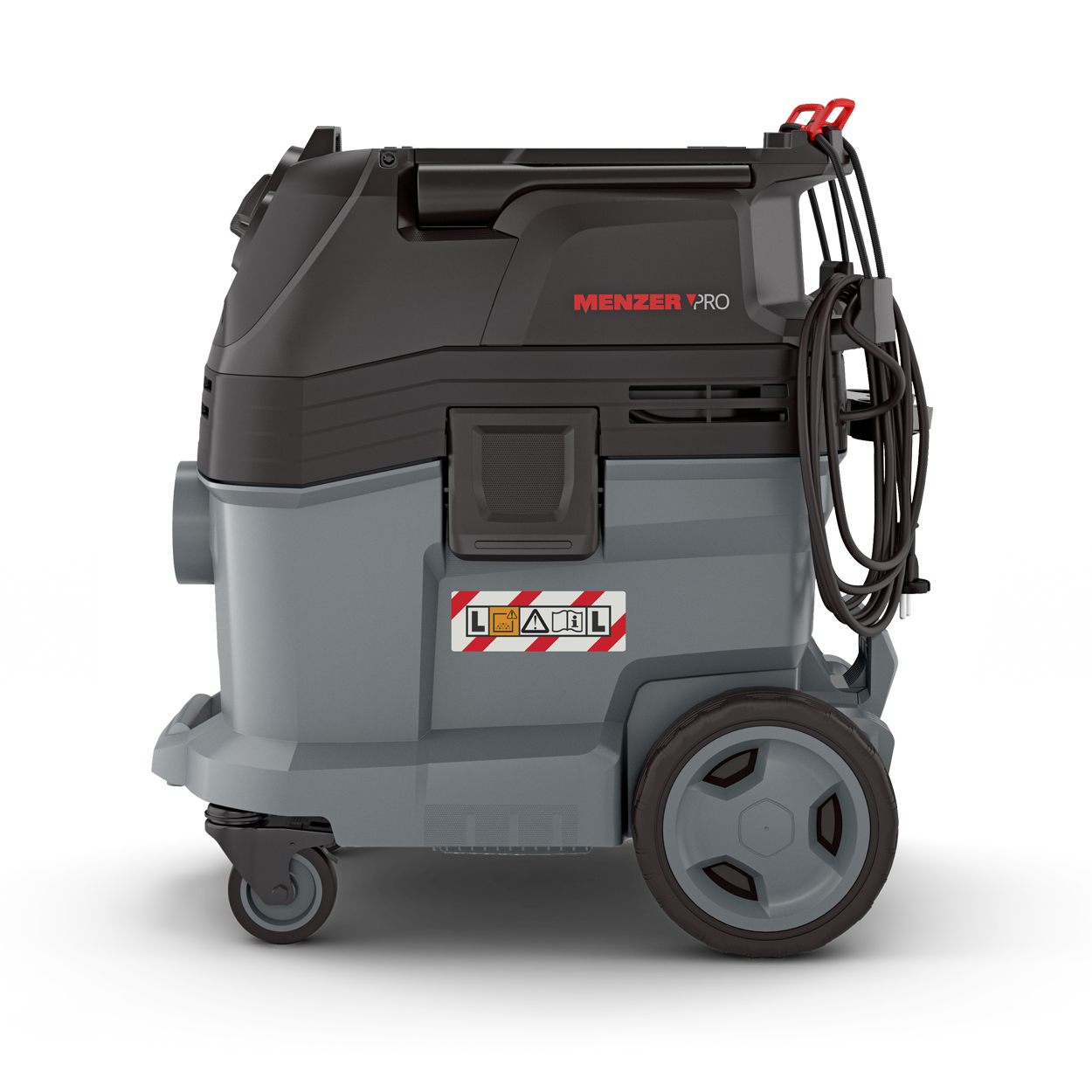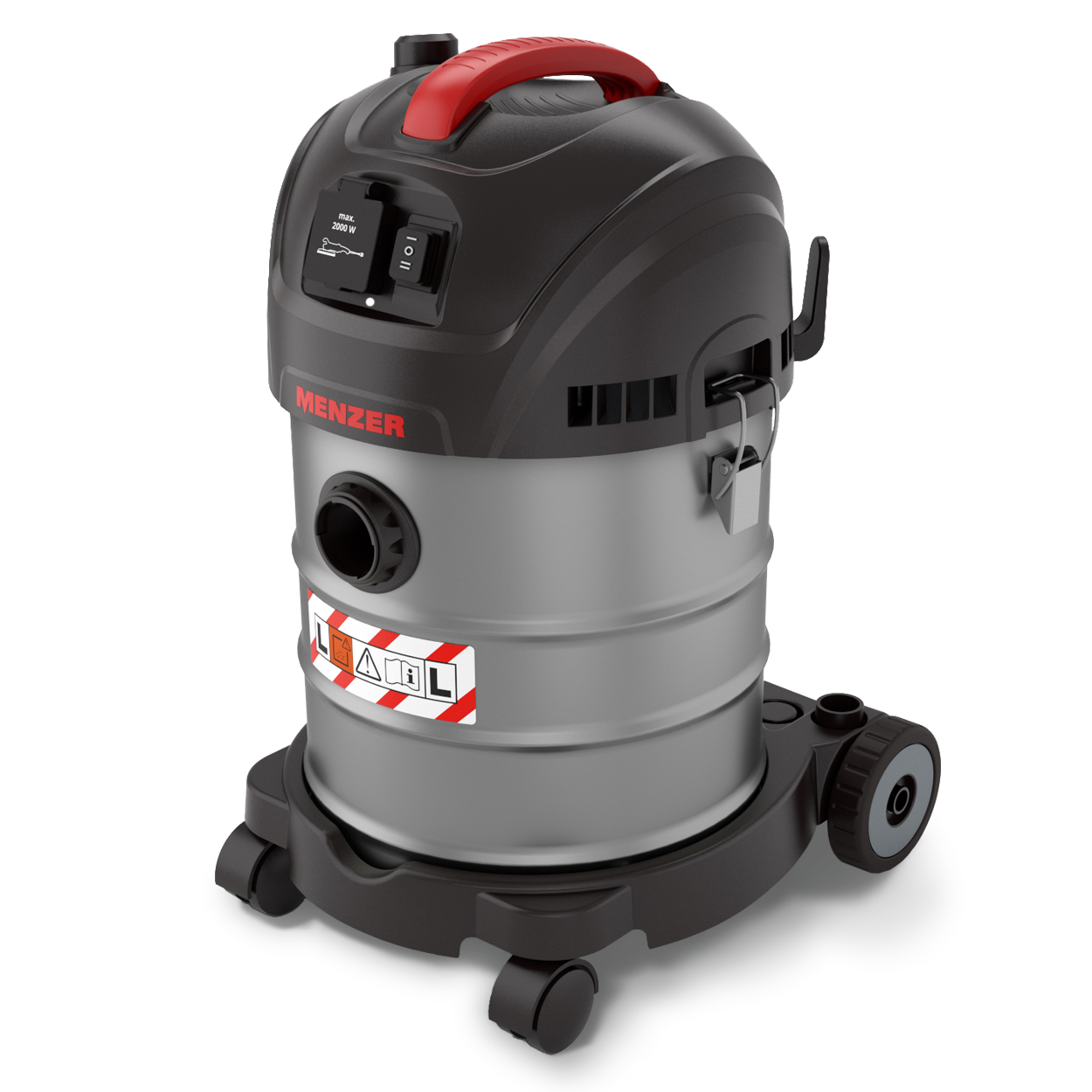
Industrial vacuum cleaners
The efficient specialists for dust-free and healthy sanding.


Dust Class L
MAK value > 1 mg/m³
Nonhazardous dust types such as sand, cement, earth or pebble stone


MAK value > 1 mg/m³
Nonhazardous dust types such as sand, cement, earth or pebble stone


Dust Class M
MAK value > 0,1 mg/m³
Mineral dust types as well as birch, beech, oak and fir wood dust


MAK value > 0,1 mg/m³
Mineral dust types as well as birch, beech, oak and fir wood dust



Dust Class H
MAK value ≤ 0,1 mg/m³
Health hazardous dust types such as asbestos, mineral fibers, glass wool, mould or minerals containing silica


MAK value ≤ 0,1 mg/m³
Health hazardous dust types such as asbestos, mineral fibers, glass wool, mould or minerals containing silica

Backpack vacuum cleaner

Distinguishing dust types
Health hazardous dust types develop during sanding that can provoke coughing, asthma or bronchitis. Only high quality industrial vacuum cleaners are reliable enough to efficiently remove such dust. Following the international EC 60 335-2-69 norm, dust is classified into three different types: L, M and H. The Employers Liability Insurance Association will inform you about which dust type can develop at your specific work place. Dust types are distinguished using so called MAK values that assign the maximum legal concentration at a workplace (in mg/m³) that does not lead to health problems even in case of long term exposure. The lower the MAK value, the more dangerous the dust type.

Dust Class L
Nonhazardous dust types such as sand, cement, earth or pebble stone

Dust Class M
Mineral dust types as well as birch, beech, oak and fir wood dust

Dust Class H
Health hazardous dust types such as asbestos, mineral fibers, glass wool, mould or minerals containing silica




